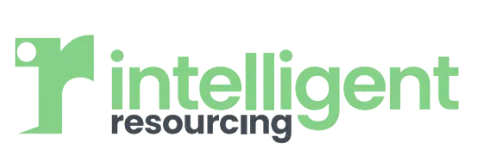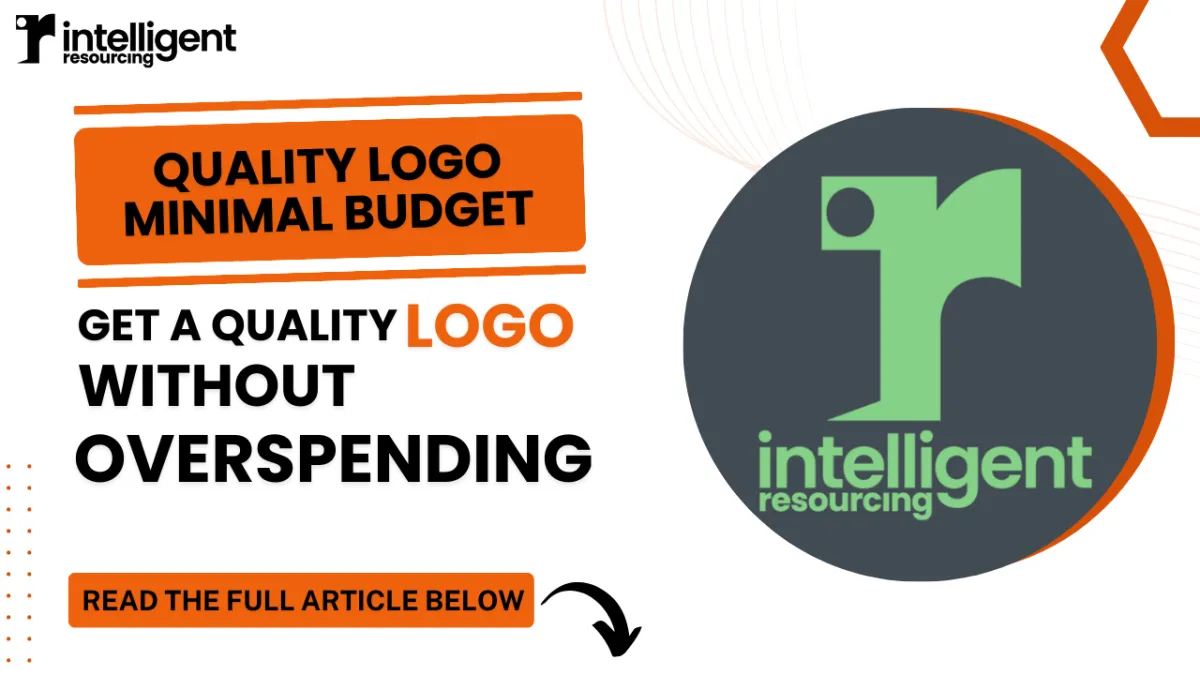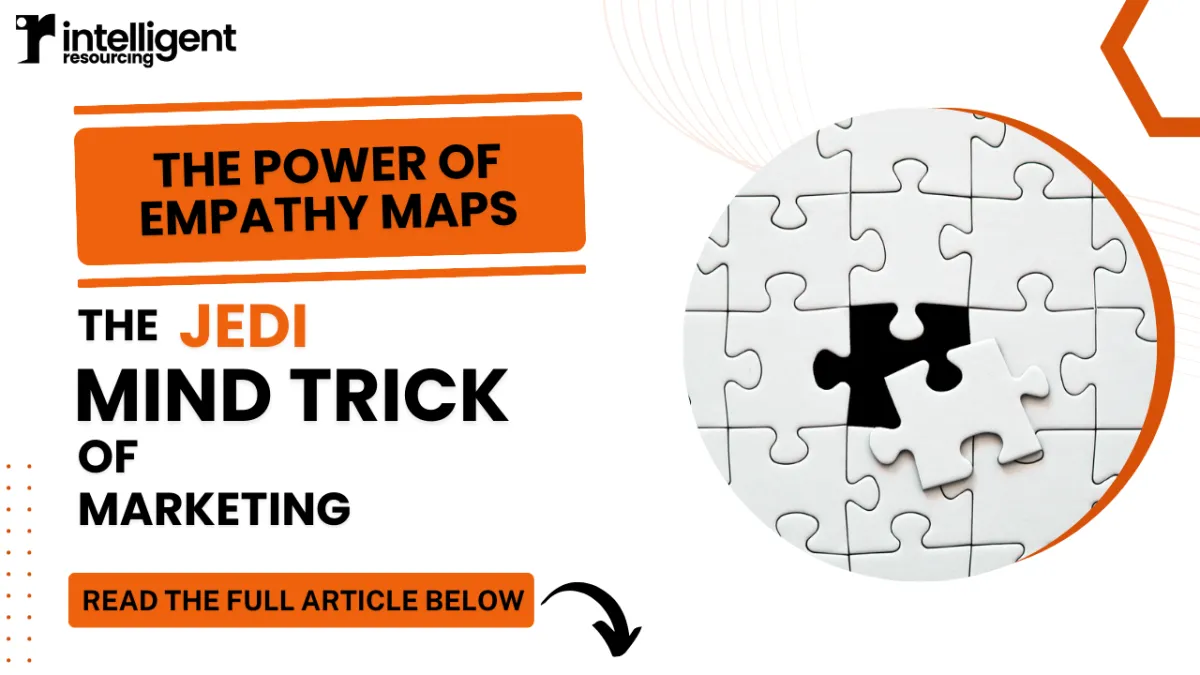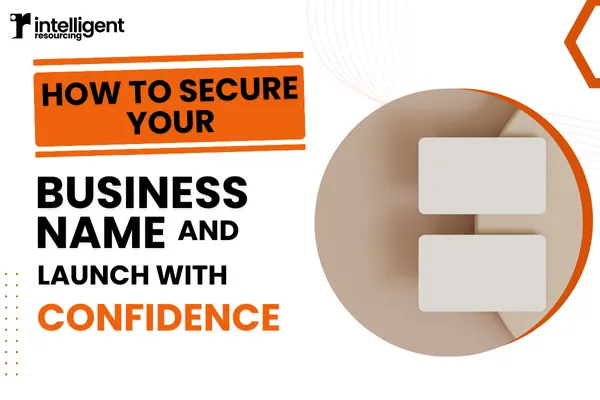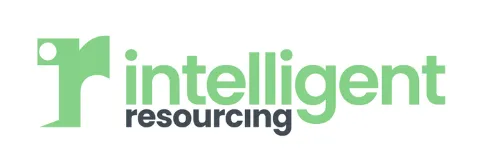
How to Create a High-Converting Quote Template That Wins Clients
How to Create a High-Converting Quote Template That Wins Clients
If you’re selling a service or solution, your quote is more than just a document with a price—it’s a powerful sales tool that can make or break a deal. A well-crafted quote provides clarity, builds trust, and highlights the value you bring.
Many businesses send generic, uninspiring quotes that focus only on pricing and features. Prospects then compare multiple quotes and often choose the cheapest option. The problem isn’t necessarily that your price is too high—it’s that your value hasn’t been communicated effectively.
Before you invest in expensive proposal software, start with a structured, compelling quote template that makes it easy for prospects to say yes.
Why Your Quote Template Matters
Most businesses underestimate the power of their quotes. They assume a quote is just a formal step in the sales process, rather than a critical opportunity to reinforce the value of their service.
A well-structured quote does three things:
Clarifies the problem you are solving so the prospect understands why they need your service.
Presents your solution in a way that highlights benefits, not just features.
Shows a clear return on investment (ROI), making the decision easy and justifiable.
Many businesses fail because they assume the prospect already understands the value of the service. In reality, most prospects are busy, distracted, and looking for the easiest way to make a decision. If your quote does not clearly differentiate you from competitors, you risk being overlooked.
Step 1: Frame the Problem Clearly
People buy solutions to problems. If your quote does not clearly articulate what problem your service solves, it becomes just another price tag.
Start your quote with a problem statement that speaks directly to the prospect’s challenges.
Example:
"Hiring locally is becoming increasingly expensive and time-consuming, making it difficult for businesses to scale efficiently. Many companies struggle with finding skilled professionals at a sustainable cost. Our offshore staffing solution provides access to highly skilled talent at a significantly reduced cost, allowing you to scale without increasing overhead."
This approach accomplishes several things:
It validates the prospect’s pain point, making them feel understood.
It positions your service as the logical solution to their challenge.
It creates emotional engagement, which makes the quote more persuasive.
Most quotes fail at this stage because they jump straight into pricing, assuming the prospect has already recognised their need. By framing the problem upfront, you increase engagement and perceived relevance.
Step 2: Focus on Benefits, Not Just Features
Many businesses make the mistake of using their quotes to list what they offer, rather than why it matters.
A prospect does not care that your service includes "dedicated account management"—they care about what that means for them.
Instead of presenting features, focus on benefits and outcomes.
Example:
Feature: "We provide offshore staffing solutions."
Benefit: "Reduce your hiring costs by up to 60 percent while gaining access to a highly skilled global workforce."
Feature: "We integrate seamlessly with your existing workflow."
Benefit: "Eliminate onboarding delays and ensure your new team members are productive from day one."
A feature describes what the service does. A benefit explains how it solves a problem or improves the prospect’s situation. The most effective quotes make this connection clear.
Step 3: Make the ROI Crystal Clear
One of the biggest obstacles to closing a deal is the perceived cost. Many prospects hesitate because they are unsure if the service is worth the investment.
Make the decision easy by quantifying the return on investment (ROI).
If your service saves time, reduces costs, or increases revenue, make this as tangible as possible.
Example:
Hiring a local employee costs £70,000 per year.
Your offshore staffing solution reduces this to £29,000 per year.
This results in a £41,000 annual saving per employee.
Now, the prospect is not just looking at a price—they are seeing a clear financial impact.
Whenever possible, use real-world comparisons, industry benchmarks, or case studies to reinforce these points. If similar businesses have seen measurable improvements using your service, include that information.
If you don’t provide a clear ROI breakdown, you leave prospects to do the calculations themselves—many won’t, and instead, they’ll go with whatever option feels cheapest.
Step 4: Personalise the Quote for Maximum Impact
Most prospects will be evaluating multiple options, and generic quotes will get ignored. A strong quote should feel like it was created specifically for them.
To personalise effectively:
Refer to their specific challenges.
Use their company name and reference previous discussions.
Highlight how your service will integrate into their unique situation.
Instead of writing:
"We provide remote staffing services. Our team is highly skilled and cost-effective."
Use a tailored approach:
"Based on our discussion, your business is facing increasing hiring costs and operational inefficiencies. Our offshore staffing model will reduce costs by 60 percent while ensuring a seamless transition, allowing you to maintain productivity without disruption."
This approach makes it clear that the quote was not copy-pasted, increasing trust and credibility.
Step 5: Keep the Quote Clear, Professional, and Actionable
Even if your service is highly valuable, a complicated or poorly formatted quote can cause hesitation.
Your quote should be:
Easy to scan – Use clear sections, bullet points, and concise language.
Visually professional – A clean layout enhances credibility.
Action-driven – Always include a strong call to action at the end.
Many businesses lose deals simply because they do not guide the prospect towards a clear next step.
Example of a strong call to action:
"To move forward, simply approve this quote, and we will begin onboarding your team immediately. If you have any questions, we are happy to schedule a call to discuss further."
A well-structured quote removes ambiguity and ensures the prospect knows exactly what to do next.
Step 6: Address Common Objections Proactively
A strong quote should not only highlight value—it should also remove barriers to decision-making.
Many prospects hesitate because they have unanswered questions or concerns. Address these before they ask.
Including a brief FAQ section can be highly effective.
Example FAQs to include in your quote:
How long does onboarding take?
What happens if we need to scale up or down?
How does your service integrate with our existing processes?
By addressing these questions upfront, you eliminate doubt and increase confidence in your solution.
Step-by-Step Guide to Building a High-Converting Quote Template
Continually Refine Your Quote Based on Feedback
Your first quote template does not need to be perfect. As you interact with prospects, take note of:
The most common questions and objections.
What aspects of the quote generate the most interest.
Where prospects seem to hesitate.
Regularly refining and optimising your template based on real-world feedback will make it increasingly effective over time.
If you want a ready-to-use quote template that follows these principles, contact us today.
